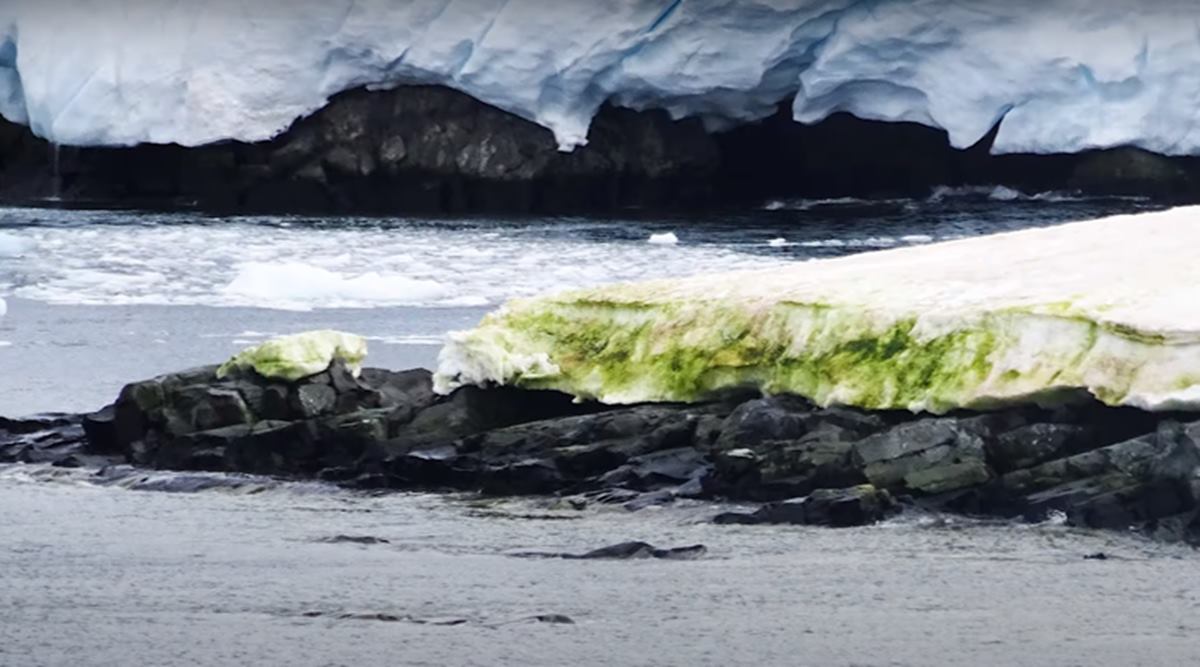 Arctic is turning green, hints towards drastic consequences of climate change
Arctic is turning green, hints towards drastic consequences of climate changeThe Arctic circle captures everyone’s imagination by the colossal amount of snow and frozen landscape etched in the white horizon along with Polar bears. But, now this idyllic icy picture of the northernmost snow caps may soon turn into a land filled with greenery, as it gets transformed amid the drastic climate change.
Several studies conducted by NASA scientists paint a dismal picture of the Arctic tundra that is turning green in its uppermost reaches in Alaska, the Northern coast of Canada, Siberia and in Quebec and Labrador. Such intriguing changes can be attributed to higher temperatures, warm air along with higher soil moisture and temperature.
As a consequence of extensive greening, the grassy tundra is getting converted into shrublands whereas shrublands are gradually becoming denser and thicker. This sort of landscape change may have hazardous climatic ramifications in the long run as they may severely disrupt the regional water cycle in addition to the energy and carbon cycle.
Ecologists from Northern Arizona University believe that the Arctic is one of the coldest biomes on the Earth but it is also rapidly getting warm. Such level of warming at an alarming rate, may prove Arctic circle to be the bellwether in further predicting the dangers of global climate change beyond Arctic.
That said, warming temperatures are changing the tundra landscape into a forest-covered land. This is further substantiated by estimations that the pace of carbon cycle in the northern swathes of Arctic is at the fastest in 40 years.
Various studies, that have been conducted so far, suppose that from 1985 to 2016 a whopping 38 per cent of tundra land has witnessed greening while just a mere 3 per cent has gone through browning which means the fading of the green cover from a considerable portion of land.
The green cover is measured through Geological surveys that provide continuous space-based records of Earth’s vegetation using Landsat satellites. These Landsat satellites use the amount of visible and near-infrared light reflected by green and leafy vegetation of shrubs and grasses.
Till now, conclusive studies have suggested that a rise in temperature leads to the thawing or melting of the permafrost which indeed accelerates the growth of green plants on the surface and then they absorb carbon dioxide through photosynthesis. With warmer temperatures and comparatively hotter summer, the amount of time, carbon remains stored in the soil of Arctic has been severely curtailed and is being released into the atmosphere in large amounts.
That’s why many scientists are apprehensive of the fact that it has perturbed the dynamics of the carbon-cycle as more carbon-dioxide is released into the atmosphere than the amount getting absorbed by the plants.
📣 The Indian Express is now on Telegram. Click here to join our channel (@indianexpress) and stay updated with the latest headlines
For all the latest Technology News, download Indian Express App.